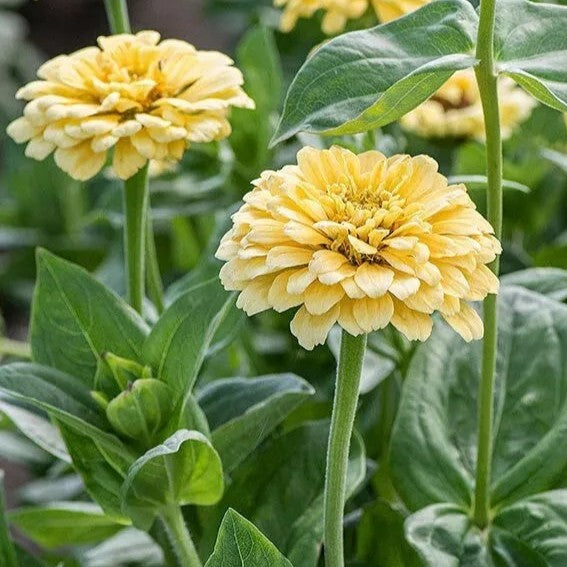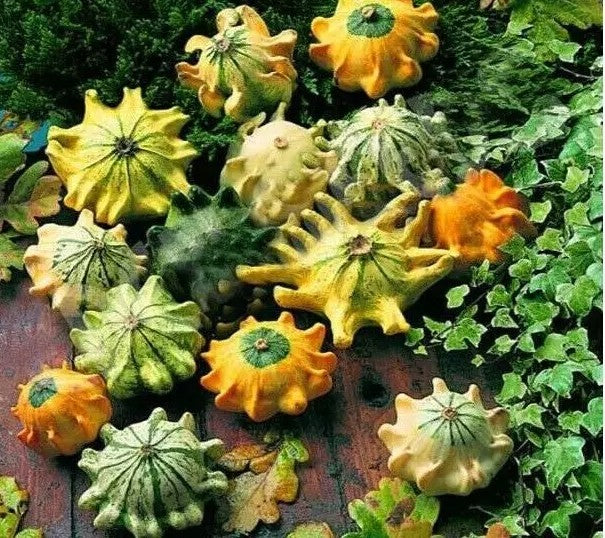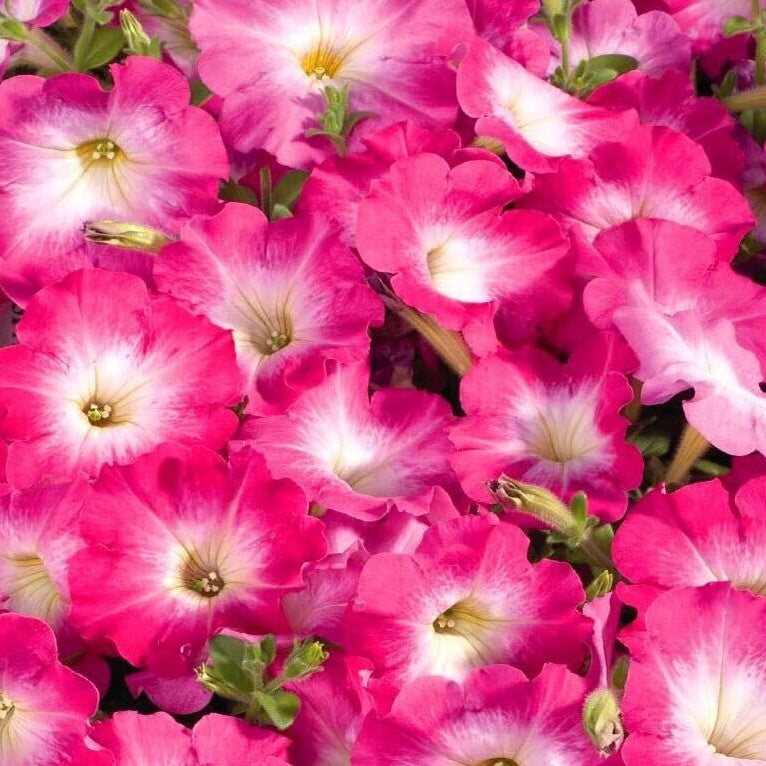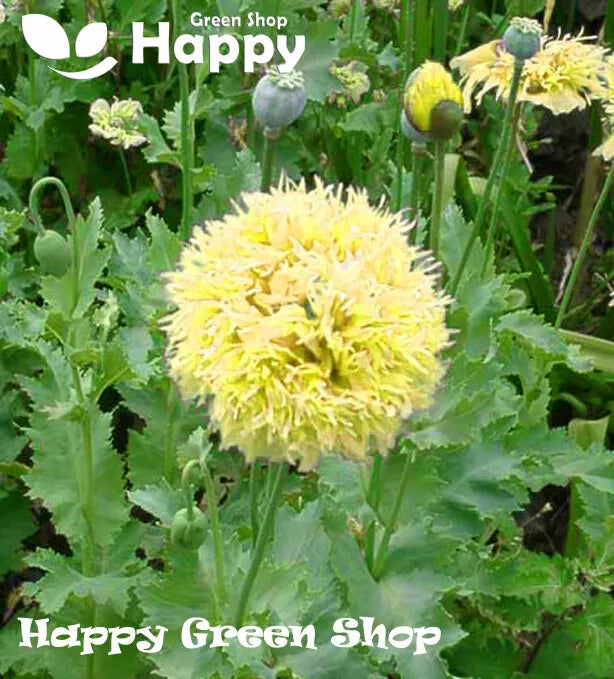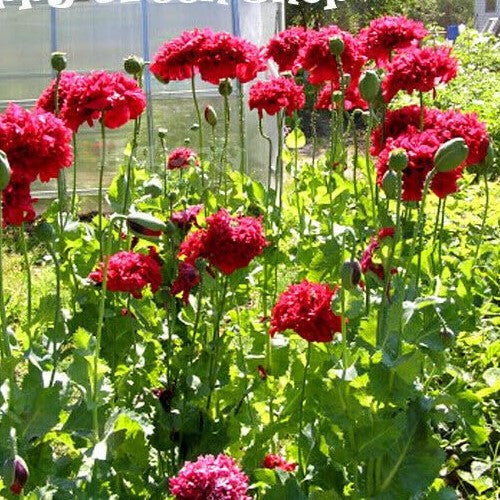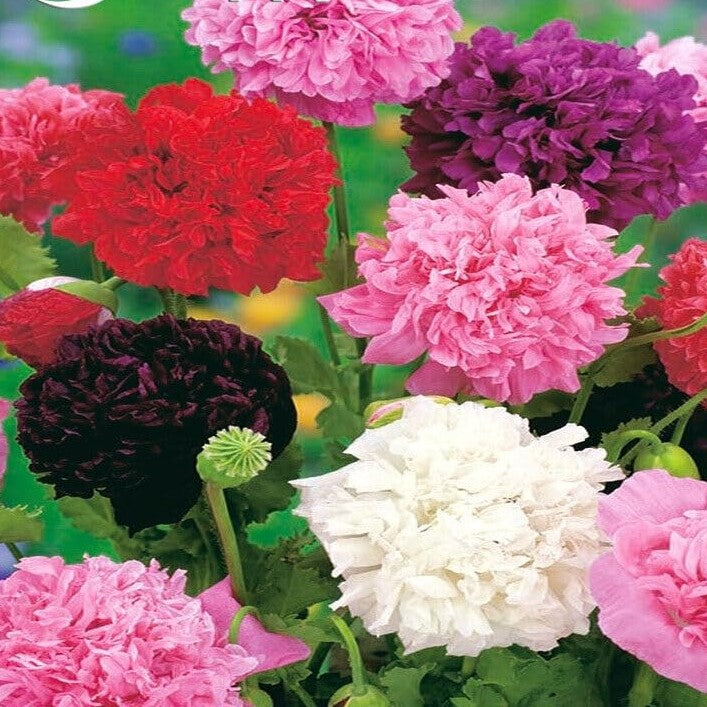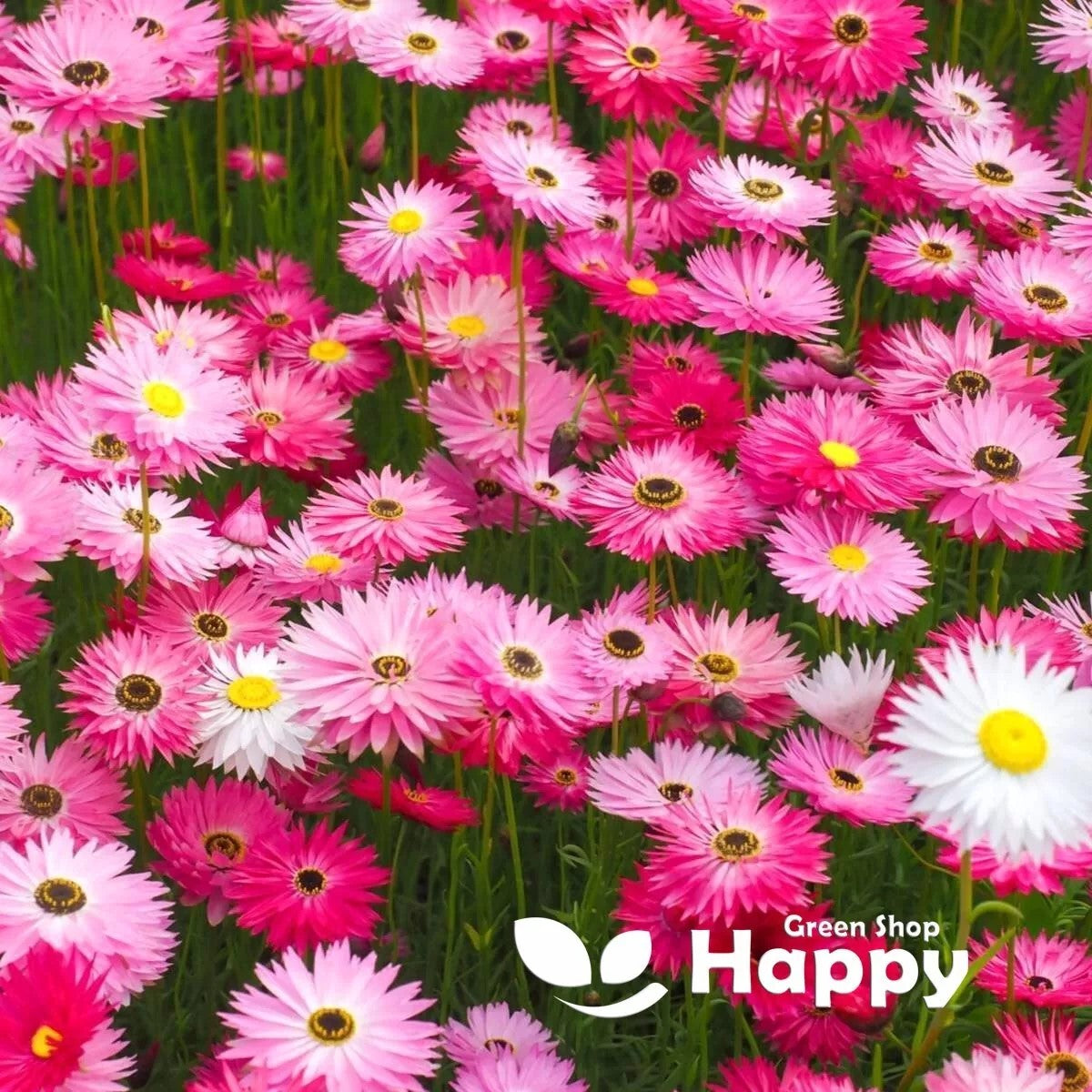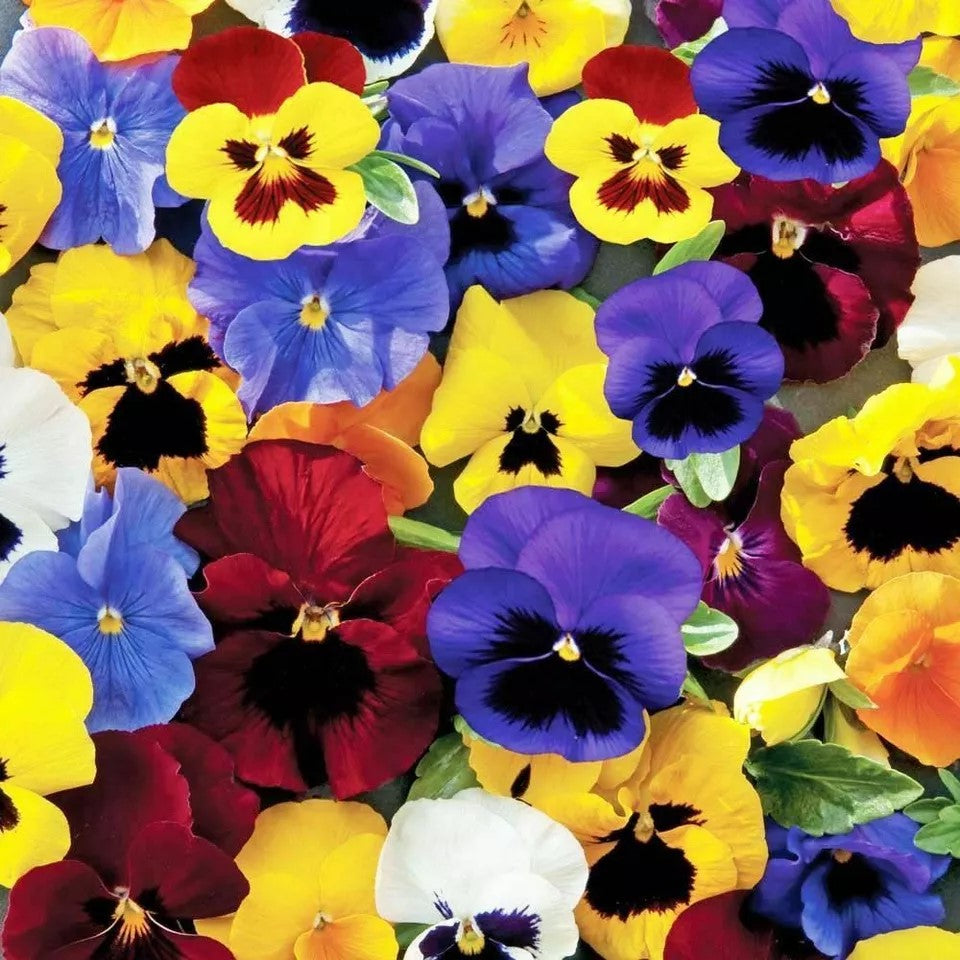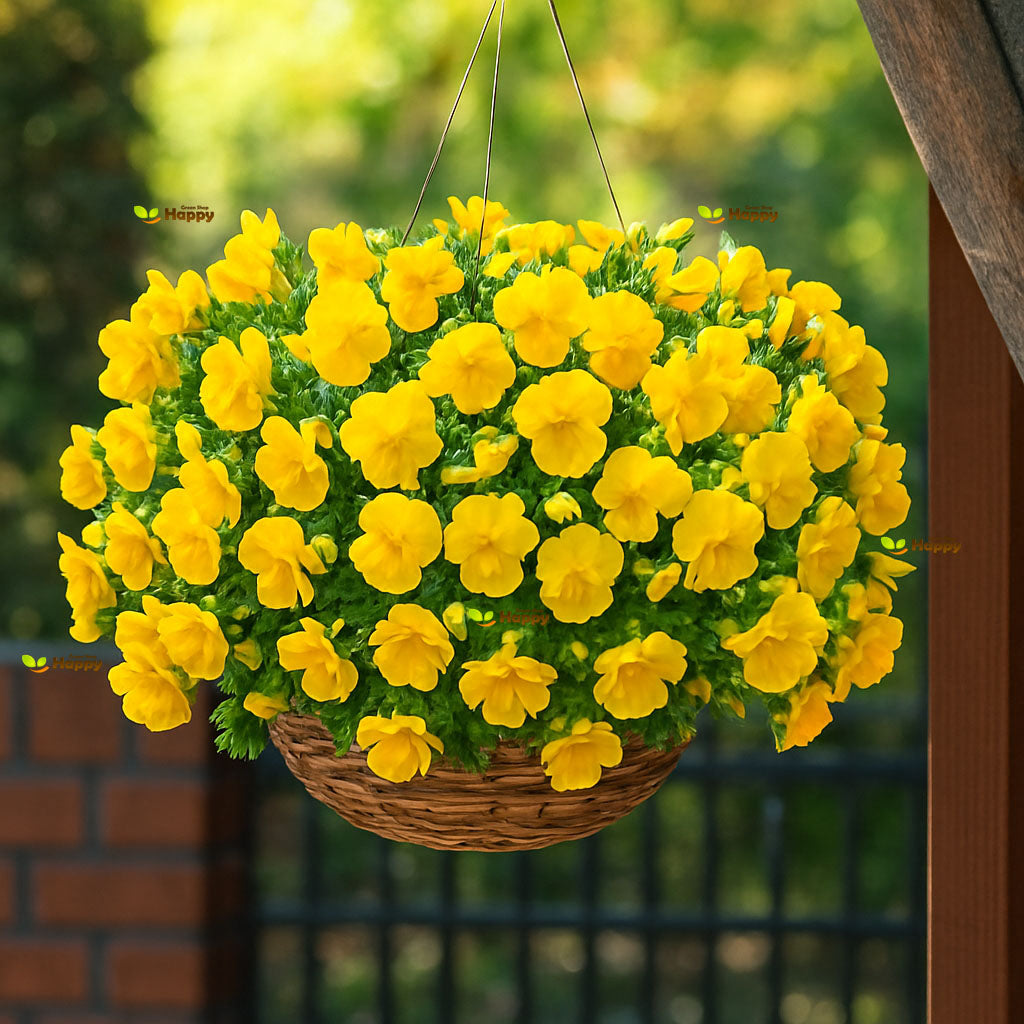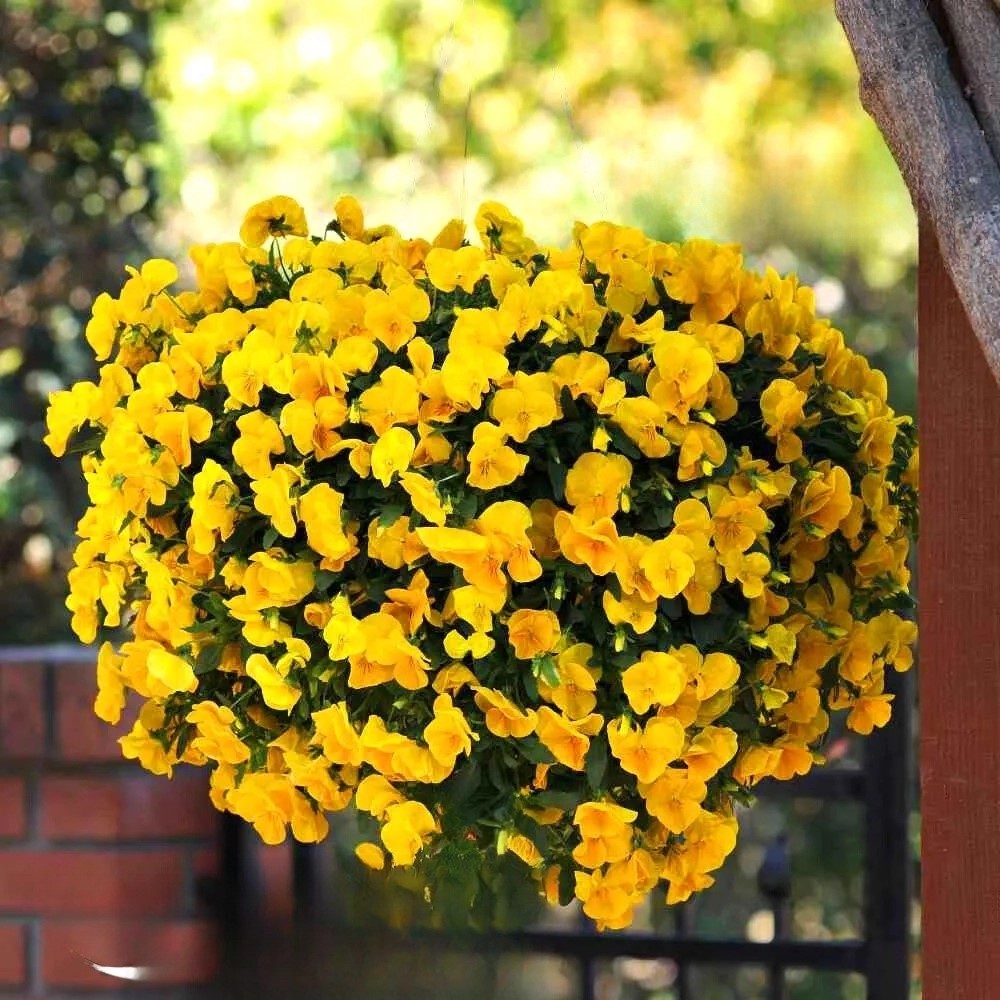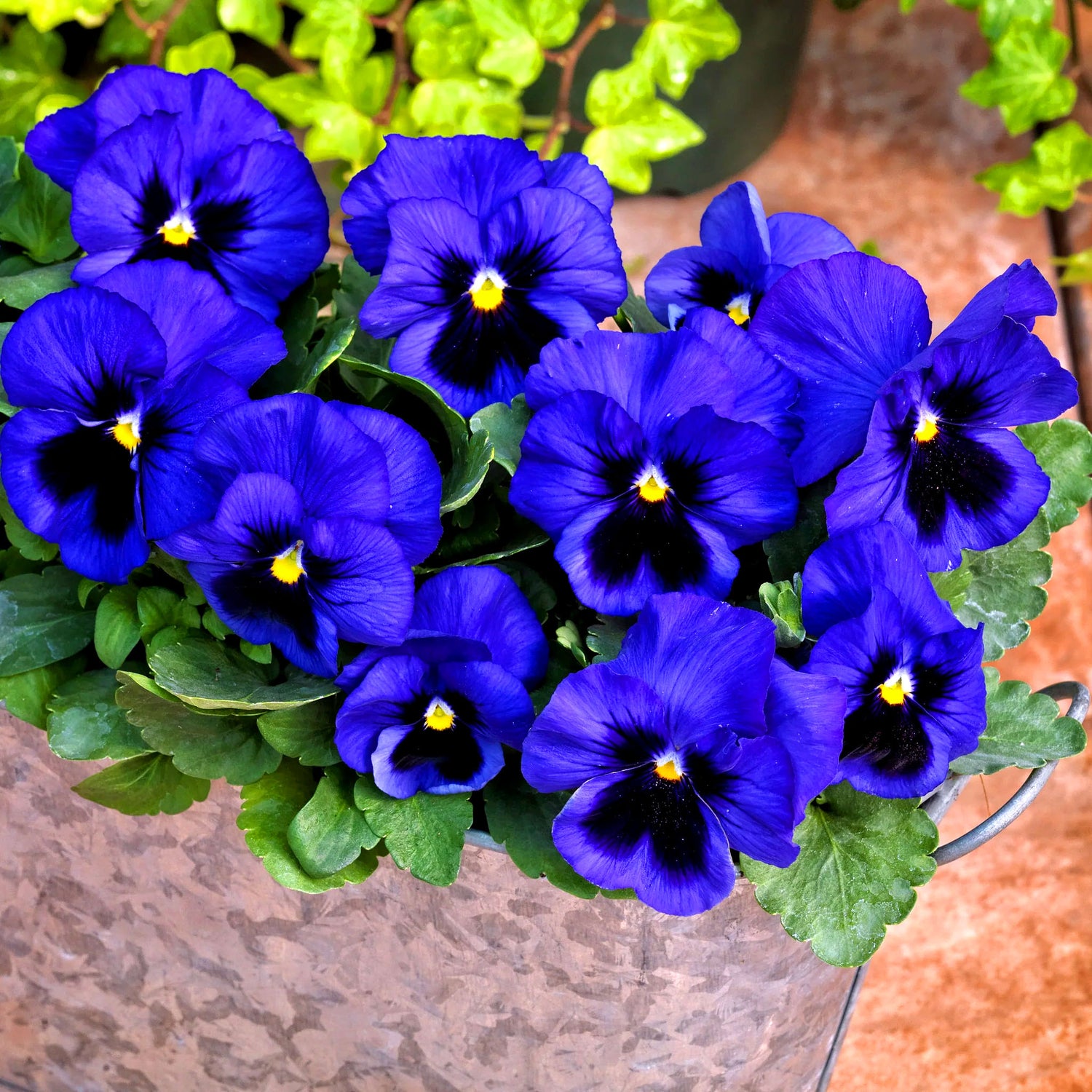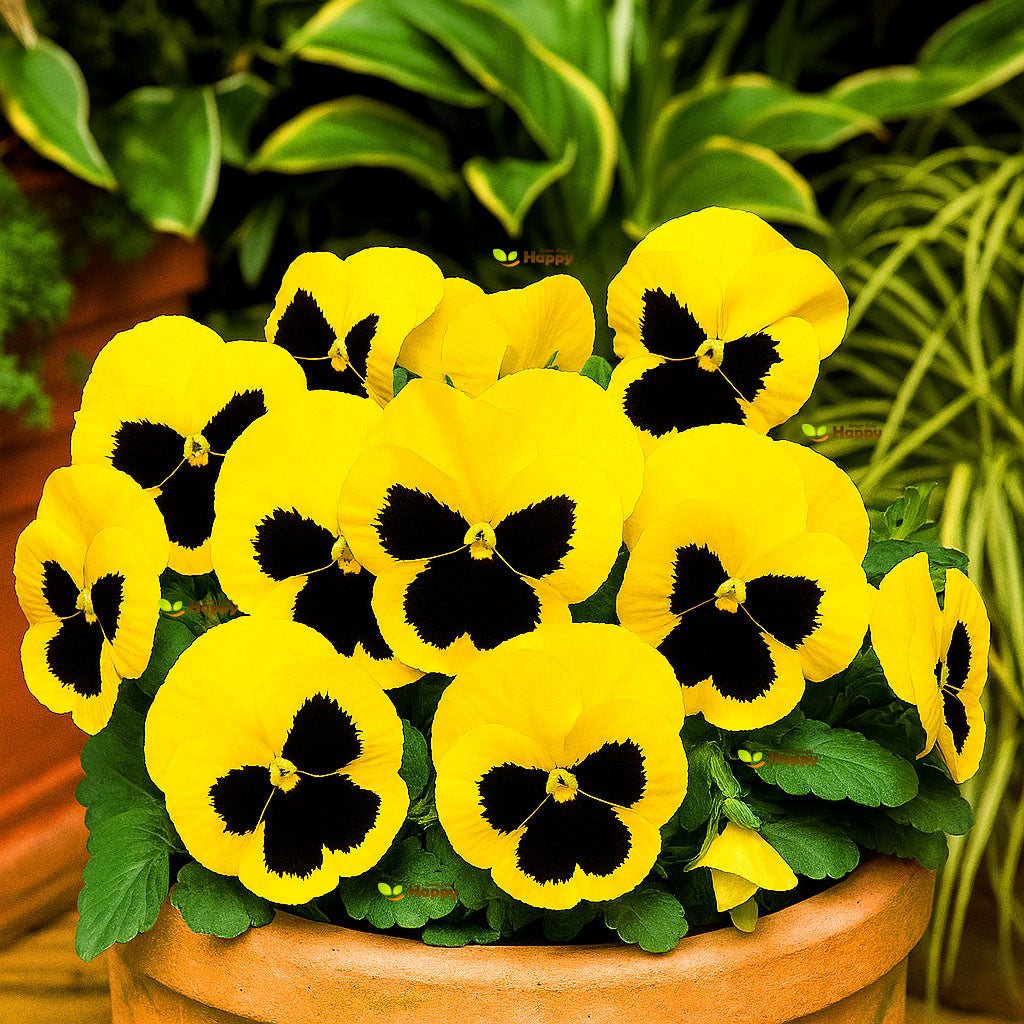Sort by:
211 products
211 products
Petunia F1 'Pink Morn' – Seeds (Petunia grandiflora)
A delightful hybrid petunia, 'Pink Morn' produces large trumpet-shaped blooms with soft pink petals that fade into a bright white throat, giving a fresh and cheerful "morning glow" effect. Compact, free-flowering, and long-lasting, this variety is ideal for baskets, containers, and flower beds.
Why Grow Petunia F1 'Pink Morn'?
-
Large, eye-catching blooms with soft pink & white tones
-
Long flowering season from late spring to autumn
-
Weather-tolerant and uniform hybrid variety
-
Great for baskets, pots, and bedding displays
Key Features
-
Type: Half-hardy annual
-
Height: 25–35 cm
-
Spread: 30–40 cm
-
Flowers: Summer to early autumn
-
Position: Full sun, fertile well-drained soil
Ideal For
-
Hanging baskets and window boxes
-
Patio containers and borders
-
Bedding displays with continuous color
-
Mass planting for impact
Sowing & Growing
-
Sow indoors: February–April, lightly press seeds onto moist compost (do not cover)
-
Germination: 7–14 days at 20–24°C
-
Transplant: When seedlings are large enough, harden off and plant out after frost
-
Space plants: 25–30 cm apart
Tip: Deadhead regularly to encourage nonstop flowering.
Peony Poppy Yellow – Seeds
(Papaver paeoniflorum)
The Peony Poppy Yellow is a striking annual poppy variety that produces large, double blooms resembling peonies. Its bright, ruffled yellow petals bring a cheerful glow to borders, beds, and cottage gardens. Easy to grow and self-seeding, these stunning flowers make an excellent focal point and are equally beautiful in cut flower arrangements.
Why Grow Peony Poppy Yellow?
-
Large, peony-like double blooms in sunny yellow
-
Easy to grow from seed with minimal care
-
Excellent for borders, beds, and cutting gardens
-
Attracts pollinators and reseeds for naturalizing
Key Features
-
Type: Hardy annual
-
Height: 80–100 cm
-
Flowers: Summer
-
Position: Full sun
-
Soil: Well-drained, moderately fertile
Ideal For
-
Cottage and wildflower gardens
-
Cut flower displays
-
Pollinator-friendly gardens
-
Naturalized planting schemes
Sowing & Growing
-
Sow outdoors: March–May or September–October directly where they are to flower
-
Lightly cover seeds with soil, keep moist
-
Germination: 14–21 days
-
Thin seedlings to 20–30 cm apart
-
Care: Deadhead for continuous blooms or allow to self-seed for natural regrowth
Peony Poppy Red – Seeds
(Papaver paeoniflorum)
The Peony Poppy Red is a breathtaking annual with huge, fully double, peony-like blooms in a deep, velvety crimson red. Its lush, ruffled petals make it one of the most dramatic poppies, creating a bold focal point in borders, cottage gardens, or wildflower meadows. These flowers are not only striking in the garden but also make excellent cut flowers, adding rich color to summer bouquets.
Why Grow Peony Poppy Red?
-
Stunning double flowers resembling peonies
-
Intense, velvety red blooms for dramatic displays
-
Easy to grow and self-seeding
-
Attracts bees and butterflies
Key Features
-
Type: Hardy annual
-
Height: 80–100 cm
-
Flowers: Summer
-
Position: Full sun
-
Soil: Light, well-drained
Ideal For
-
Cottage and wildflower gardens
-
Bold color accents in borders
-
Cut flower arrangements
-
Pollinator-friendly spaces
Sowing & Growing
-
Sow outdoors: March–May or late August–October directly where plants are to flower
-
Scatter thinly over prepared soil, lightly cover, and water gently
-
Germination: 14–21 days
-
Thin seedlings to 20–30 cm apart
-
Care: Deadhead to prolong flowering or leave seed heads for natural reseeding
Peony Poppy Double Mix – Seeds
(Papaver somniferum)
The Peony Poppy Double Mix produces stunning, fully double, peony-like blooms in a wide range of colors. From soft pastels to rich jewel tones, this variety brings dramatic flair and elegance to any garden. With their ruffled petals and impressive size, these poppies make a spectacular display in borders and beds. They also attract bees and butterflies while offering excellent cut flowers.
Why Grow Peony Poppy Double Mix?
-
Huge, double flowers resembling peonies
-
A vibrant mix of colors for stunning displays
-
Easy to grow and self-seeding
-
Ideal for cutting, borders, and cottage gardens
Key Features
-
Type: Hardy annual
-
Height: 80–100 cm
-
Flowers: Summer
-
Position: Full sun
-
Soil: Light, well-drained
Ideal For
-
Cottage gardens
-
Cut flower arrangements
-
Pollinator-friendly gardens
-
Naturalized plantings
Sowing & Growing
-
Sow outdoors: March–May or late August–October directly where they are to flower
-
Scatter thinly on prepared soil and lightly cover
-
Germination: 14–21 days
-
Thin seedlings to 20–30 cm apart
-
Care: Water in dry spells, deadhead for longer flowering, or allow to self-seed naturally
Paper Daisy Everlasting Giant-Flowered Mixture Seeds
The Paper Daisy Everlasting produces large, vibrant, daisy-like blooms that retain their color and shape when dried. This easy-to-grow annual is perfect for fresh-cut arrangements, dried flower crafts, or adding bold, long-lasting color to garden beds and borders. Its mounding habit and sturdy stems make it a versatile addition to any garden.
What Makes It Special
-
Large, colorful daisy-like blooms with excellent longevity
-
Flowers dry naturally, perfect for everlasting arrangements
-
Easy-to-grow, hardy, and low-maintenance
-
Attracts bees and butterflies while adding bold color to borders
Key Features
-
Botanical name: Helichrysum / Xerochrysum bracteatum
-
Variety: Giant-flowered mixture
-
Seed count: Approx. seeds per pack
-
Height/Spread: 40–60 cm tall, 25–35 cm spread
-
Position: Full sun; well-drained soil
-
Flowering period: June–October
Ideal For
-
Fresh-cut or dried flower arrangements
-
Borders, beds, and cottage gardens
-
Pollinator-friendly gardens
-
Container displays and floral crafts
Sowing Instructions
-
When to sow: March–May indoors; April–June outdoors
-
How to sow:
-
Sow seeds on the surface of moist seed compost and press lightly; do not cover too deeply
-
Keep at 18–22°C; germination occurs in 10–14 days
-
-
Transplanting: Prick out seedlings when large enough; plant outside after frost
-
Care: Water regularly and remove faded flowers to encourage continuous blooming
Pansy Winter Flowering – 150 Seeds (Viola hiemalis)
Pansy Winter Flowering (Viola hiemalis) is a hardy annual that brings vibrant color to your garden during the colder months. Producing cheerful, multicolored blooms, it thrives in frost and low temperatures, making it perfect for winter borders, containers, and window boxes. Low-maintenance and long-lasting, it brightens gardens when most flowers are dormant.
Why Grow "Winter Flowering Pansy"
-
Hardy, frost-tolerant blooms for winter and early spring
-
Vibrant, multicolored flowers
-
Long-lasting and low-maintenance
-
Ideal for borders, containers, and window boxes
Key Features
-
Type: Hardy annual (Viola hiemalis)
-
Height: 10–15 cm
-
Flowering: Winter to early spring
-
Position: Full sun to partial shade
-
Uses: Winter borders, containers, window boxes, patio displays
Ideal For
-
Winter and early spring color
-
Frost-prone gardens
-
Containers and window boxes
-
Pollinator-friendly winter planting
Sowing & Growing
-
Sow outdoors: September–October for winter blooms
-
Germination: 10–20 days at 15–20°C
-
Thin seedlings to 15–20 cm apart
-
Prefers fertile, well-drained soil in sunny spots
-
Remove faded flowers to prolong blooming
Pansy Trailing Yellow Seeds (Viola williamsii pendula)
The Pansy Trailing Yellow (Viola williamsii pendula) is a cheerful and versatile variety, producing an abundance of bright yellow blooms that spill gracefully over baskets, containers, and window boxes. Its trailing habit makes it perfect for adding cascades of color to outdoor displays from spring through autumn.
What Makes It Special
-
Masses of golden-yellow flowers
-
Naturally trailing growth – ideal for hanging baskets
-
Long blooming season with minimal care
Key Features
-
Botanical name: Viola williamsii pendula
-
Hardy annual / short-lived perennial
-
Height: 15–20 cm
-
Spread / trail: 30–40 cm
-
Flowering: Spring to autumn
Ideal For
-
Hanging baskets and window boxes
-
Containers and patio pots
-
Bedding and ground cover
Sowing
-
Sow indoors: February–April in trays, cover lightly
-
Germination: 10–14 days at 15–20°C
-
Transplant outdoors after frost, 20 cm apart
-
Prefers sun or partial shade and well-drained soil
Pansy Swiss Pansy Blue ‘Ullswater’ Seeds (Viola wittrockiana)
A classic pansy variety with large, velvety deep-blue blooms and a dark central blotch. Blue ‘Ullswater’ is compact, hardy, and perfect for bringing bold color to spring and autumn gardens in beds, borders, and containers.
What Makes It Special
-
Rich, velvety blue flowers with strong garden presence
-
Reliable variety for cool-season planting
-
Long-lasting blooms from early spring through autumn
Key Features
-
Botanical name: Viola wittrockiana
-
Hardy annual/biennial
-
Height: 15–20 cm (6–8 in)
-
Bloom time: Early spring and autumn
Ideal For
-
Garden beds and borders
-
Containers, pots, and window boxes
-
Cool-season color displays
Sowing
-
Sow indoors Feb–Apr or outdoors May–Jun
-
Cover seeds lightly with soil and keep moist
-
Germination: 10–21 days at 15–20°C
-
Transplant seedlings 15–20 cm apart
-
Flowers in spring and autumn after sowing
Pansy Swiss Giant ‘Yellow’ Seeds (Viola wittrockiana)
A cheerful and vibrant variety, Swiss Giant ‘Yellow’ produces large golden-yellow blooms with a striking dark blotch at the center. Hardy and reliable, this pansy brings a burst of sunshine to spring and autumn displays in beds, borders, and containers.
What Makes It Special
-
Bright golden-yellow blooms with bold dark centers
-
Large flowers on compact, sturdy plants
-
Long-lasting color in cool seasons
Key Features
-
Botanical name: Viola wittrockiana
-
Hardy annual/biennial
-
Height: 15–20 cm (6–8 in)
-
Bloom time: Early spring and autumn
Ideal For
-
Beds and borders
-
Containers, pots, and window boxes
-
Bright seasonal color displays
Sowing
-
Sow indoors Feb–Apr or outdoors May–Jun
-
Lightly cover with soil and keep moist
-
Germination: 10–21 days at 15–20°C
-
Transplant seedlings 15–20 cm apart
-
Flowers in spring and autumn after sowing
Showing 81/211




